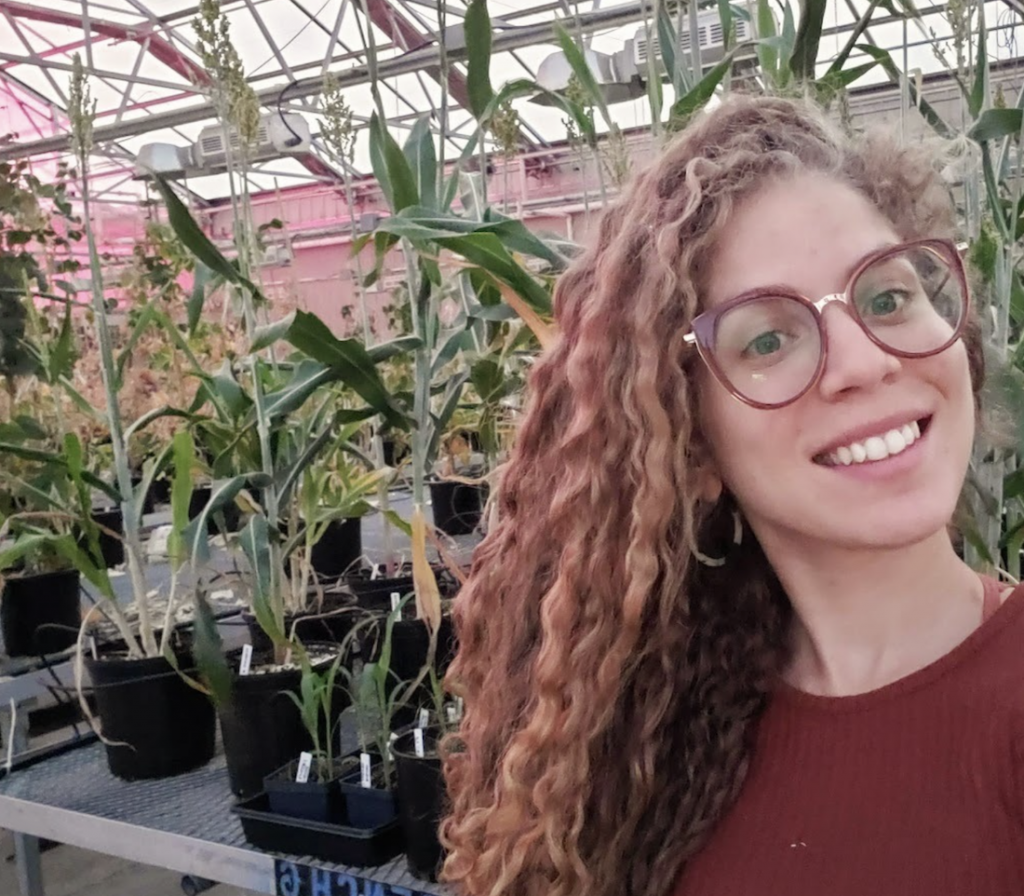Identifying Candidate Genes For Biofortification of Carotenoids in Sorghum
Accumulation of pro-vitamin A carotenoids β-carotene, α-carotene, and β-cryptoxanthin in sorghum is low and increasing these concentrations would improve the health benefits of sorghum. The creation of a biofortified sorghum line with at least 2 µg/g of carotenoids would provide sufficient amounts for children in the most vitamin A deficient countries, Burkina Faso, Chad, Mali, Niger and Sudan. Sorghum carotenoid concentrations are known to be controlled by genetic factors, so breeding a biofortified crop is possible. However, the molecular mechanisms behind the varying carotenoid levels in sorghum lines are not well understood. Cruet-Burgos and Rhodes from Colorado State University compared the transcriptional profile of four sorghum accessions with contrasting carotenoid profiles through grain development. There was also differential expression of some of the a priori candidate genes between high and low carotenoid content groups at each developmental time point. The results confirmed that the sorghum ortholog of maize crtRB1, a β-carotene hydroxylase, is differentially expressed among the alleles studied and higher expression levels correlate with vitamin A carotenoid accumulation. The scientists identified geranyl geranyl pyrophosphate synthase (GGPPS), phytoene synthase (PSY), and phytoene desaturase (PDS) as promising targets for pro-vitamin A carotenoid biofortification efforts in sorghum grain.
| Pathways | Genes | Results |
| Precursor MEP | Sobic.003G381900 (ispD) | high expression of ispD increases carotenoid concentrations |
| Precursor MEP | Sobic.004G281900 (ispF/MDS) | Also associated with zeaxanthin in GWAS |
| Precursor MEP | Sobic.009G137700 (IDI) | negatively correlated with concentration of lutein and β-carotene |
| Precursor MEP | Sobic.004G287300 (GGPPS) | differentially expressed between high and low carotenoid content groups across all developmental stages |
| Carotenoid biosynthesis | Sobic.002G383400 (PDS) | increased PDS expression later in grain development |
| Carotenoid biosynthesis | Sobic.002G292600 (PSY) | differentially expressed between high and low carotenoid content groups |
| Carotenoid biosynthesis | Sobic.006G097500 (ZEP) | expression not correlated, but arabidopsis and maize orthologs known to be involved in carotenoid biosynthesis |
| Carotenoid degredation | Sobic.001G509200 (CCD)
Sobic.001G155300 (NCED) |
differentially expressed throughout development, higher expression in later stages |
| Carotenoid degredation | Sobic.006G170300 (CCD) | positive correlation with carotenoid concentrations, low expression across all samples |
SorghumBase Examples:
Sobic.003G270500 encoding a farnesyl pyrophosphate synthase (FPPS) gene is used to explore SorghumBase.

similar to Farnesyl pyrophosphate synthase is displayed in SorghumBase.


similar to Farnesyl pyrophosphate synthase along with its orthologs and paralogs is displayed in SorghumBase using the Ensembl Compara Gene tree. This gene has 3 paralogs; 46 orthologs and 104 homologs.

Reference:
Cruet-Burgos C, Rhodes DH. Unraveling transcriptomics of sorghum grain carotenoids: a step forward for biofortification. BMC Genomics. 2023 May 3;24(1):233. PMID: 37138226. DOI: 10.1186/s12864-023-09323-3. Read more
Related Project Websites:
Rhodes Lab at Colorado State University: https://www.biofortificationlab.org/home



